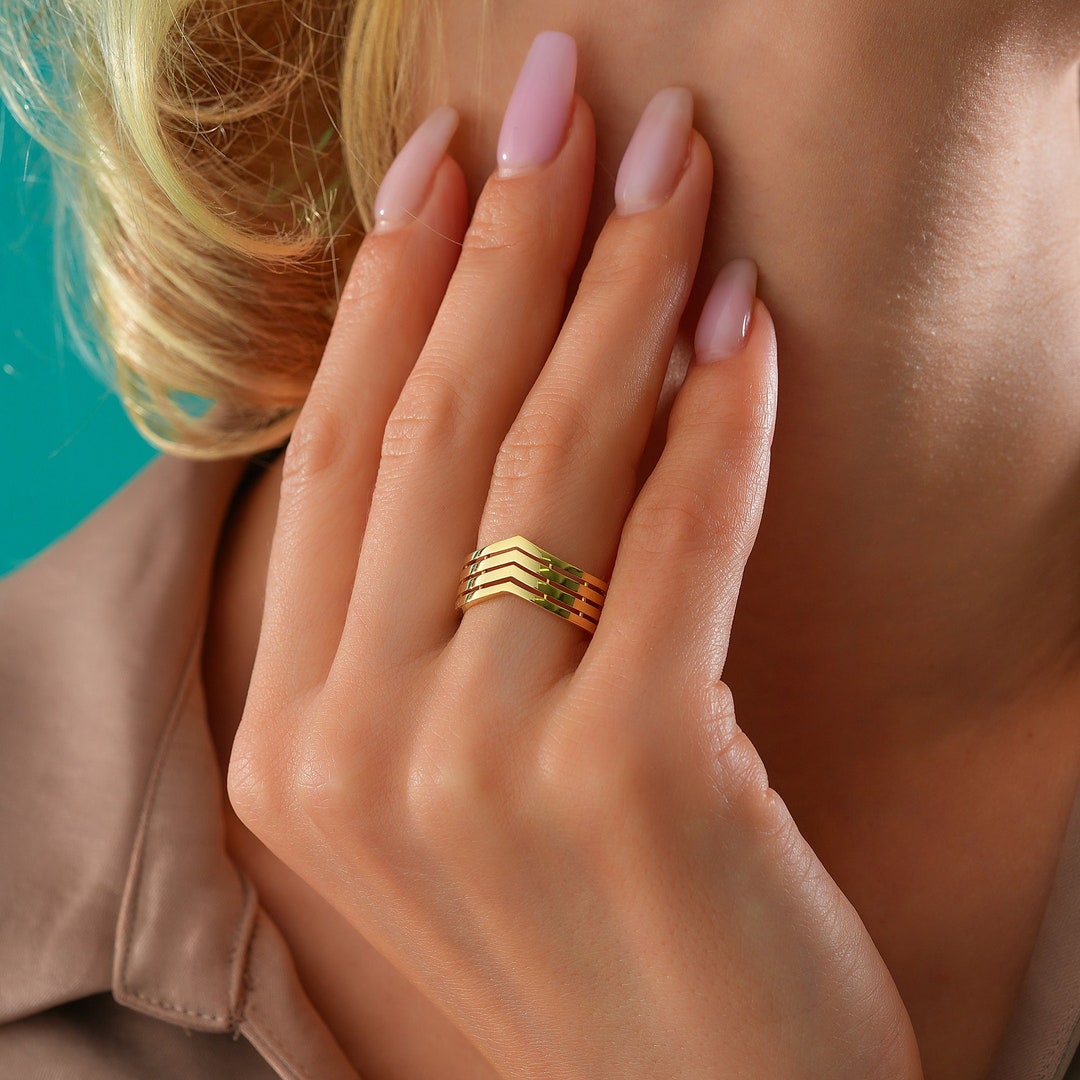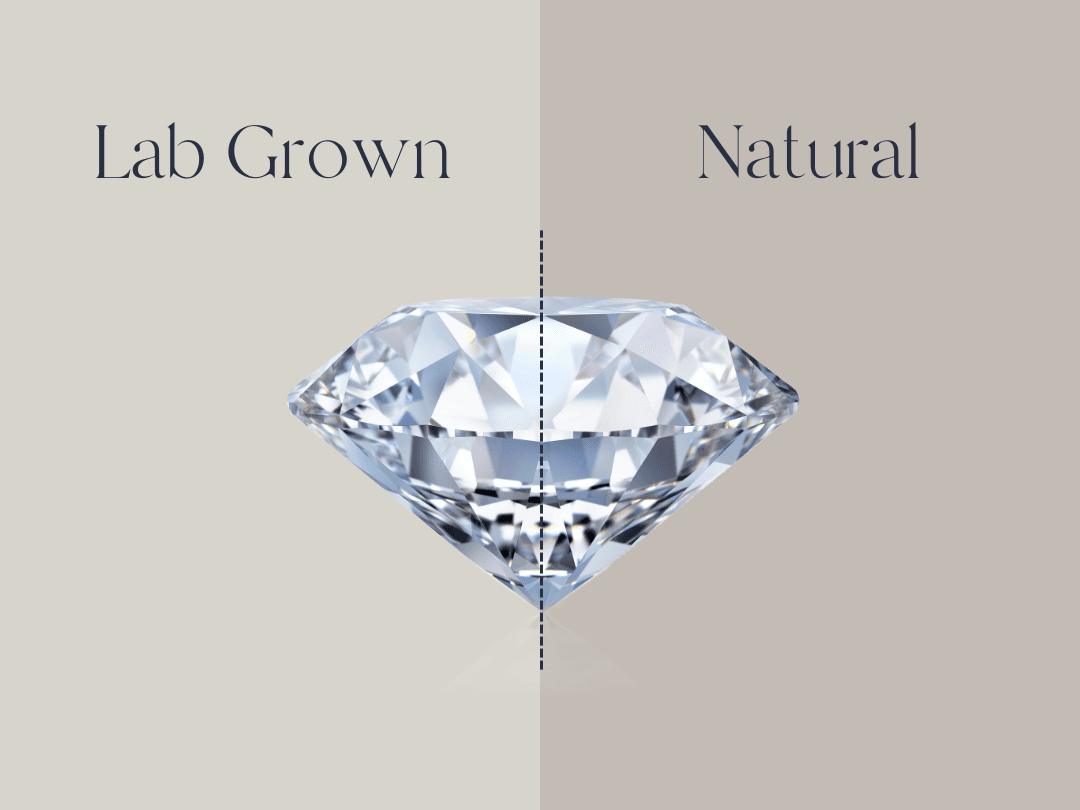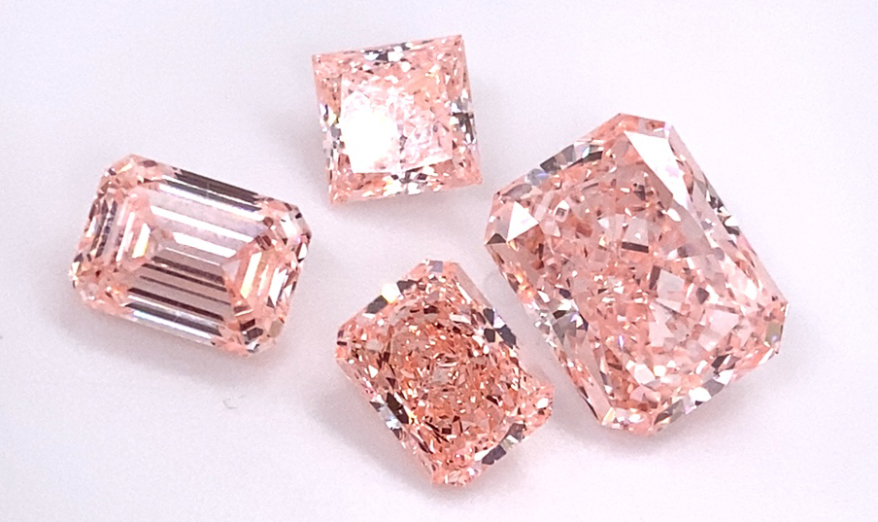GIA vs IGI: Which Diamond Certification is Right for You?

When purchasing a diamond, one of the most crucial factors is its certification. Two of the most recognized gemological laboratories globally are the Gemological Institute of America (GIA) and the International Gemological Institute (IGI). Understanding the differences between GIA vs IGI can significantly impact your buying decision. Let’s explore these two organizations, examining their processes, credibility, and how their grading standards can affect your choice.
Table of Contents
Understanding Diamond Certification
Diamond certification is essential because it provides an unbiased assessment of a diamond’s quality based on various parameters. When comparing GIA vs IGI, both institutions assess the four Cs—cut, color, clarity, and carat weight. However, the way they conduct these evaluations can differ. GIA is known for its strict grading standards, often considered the industry benchmark. IGI, while reputable, may sometimes be perceived as slightly lenient, especially in color and clarity grading.
Reputation and Credibility: GIA vs IGI
One of the primary considerations when choosing between GIA vs IGI is their reputation in the market. GIA was founded in 1931 and is widely respected for its rigorous grading processes and consistency. Their reports are considered the gold standard in diamond certification, trusted by jewelers and consumers alike. In contrast, IGI, established in 1975, has made a name for itself in both the United States and Europe but is often seen as less consistent than GIA. However, IGI’s certifications are gaining more recognition in the jewelry industry, particularly for lab-grown diamonds.
Grading Standards: The Key Differences
When comparing GIA vs IGI, the most significant difference lies in their grading standards. GIA employs stricter criteria, meaning a diamond graded by GIA might receive a lower color or clarity grade than the same diamond evaluated by IGI. This discrepancy can influence pricing. For example, a diamond graded as “H” color by IGI might be considered an “I” color by GIA. As a buyer, understanding these variations can help you make a more informed decision, especially if you are comparing diamonds certified by different labs.
Cost Implications: Does Certification Affect Price?
Another important aspect of the GIA vs IGI debate is the cost implication. lab created diamonds certified by GIA tend to be more expensive than those graded by IGI. This price difference is largely due to GIA’s reputation and stricter grading standards. Some buyers opt for IGI-certified diamonds because they are often more affordable while still providing a reliable assessment of quality. However, if resale value or long-term investment is a priority, many experts recommend choosing GIA-certified diamonds due to their higher market acceptance.
Lab-Grown Diamonds: GIA vs IGI Certifications
The growing popularity of lab-grown diamonds adds another layer to the GIA vs IGI discussion. IGI was one of the first laboratories to certify lab-grown diamonds, and it remains a leader in this market. Their experience gives them an edge, especially in assessing synthetic diamonds’ unique characteristics. On the other hand, GIA entered the lab-grown diamond market later but applies the same rigorous standards used for natural diamonds. If you’re considering a lab-grown diamond, both certifications offer reliable assessments, but IGI might provide more cost-effective options.
Reliability and Consistency: A Critical Comparison
Reliability is a crucial factor when comparing GIA vs IGI. GIA’s consistency in grading has made it the preferred choice for high-value diamonds. Their reports are detailed, including diagrams that show inclusions and other characteristics. IGI, while consistent, has faced occasional criticism for leniency. However, their turnaround time for grading is generally faster than GIA’s, which can be a deciding factor for some buyers. Ultimately, the choice depends on your priorities—whether you value strict grading, quick certification, or affordability.
Choosing the Right Certification for Your Needs
The decision between GIA vs IGI certification depends largely on your specific needs and priorities. If you’re purchasing a diamond as a long-term investment or for an engagement ring, GIA’s reputation for accuracy and consistency might make it the better choice. On the other hand, if you’re looking for a more affordable option and are open to lab-grown diamonds, IGI offers excellent value. Both certifications provide essential information about a diamond’s quality, but understanding their differences can help you choose wisely.
Conclusion: Making an Informed Decision
In the GIA vs IGI debate, there is no one-size-fits-all answer. Each certification has its strengths and weaknesses, and the right choice depends on your priorities as a buyer. GIA offers unparalleled credibility and strict grading standards, making it the preferred option for high-value purchases. IGI provides a more cost-effective alternative with reliable grading, especially for lab-grown diamonds. By understanding these differences, you can make an informed decision and choose the certification that best meets your needs. Whether you choose GIA or IGI, knowing what to expect from each will ensure that you select a diamond that offers both beauty and value.

 Women’s Ring Size: A Complete Guide
Women’s Ring Size: A Complete Guide  Understanding Why Diamond Size Matters in Lab-Created Diamonds
Understanding Why Diamond Size Matters in Lab-Created Diamonds  Mined Diamonds Karma: Understanding the Ethical and Environmental Impacts
Mined Diamonds Karma: Understanding the Ethical and Environmental Impacts  Buy Novita Lab Diamonds: A Comprehensive Guide
Buy Novita Lab Diamonds: A Comprehensive Guide  The Fascinating World of Diamond Shapes: What Suits You Best?
The Fascinating World of Diamond Shapes: What Suits You Best?  Vehicle Accident Lawyers: Expert Legal Support for Your Claims
Vehicle Accident Lawyers: Expert Legal Support for Your Claims  Perth Lawyers: Your Guide to Legal Services in Western Australia
Perth Lawyers: Your Guide to Legal Services in Western Australia